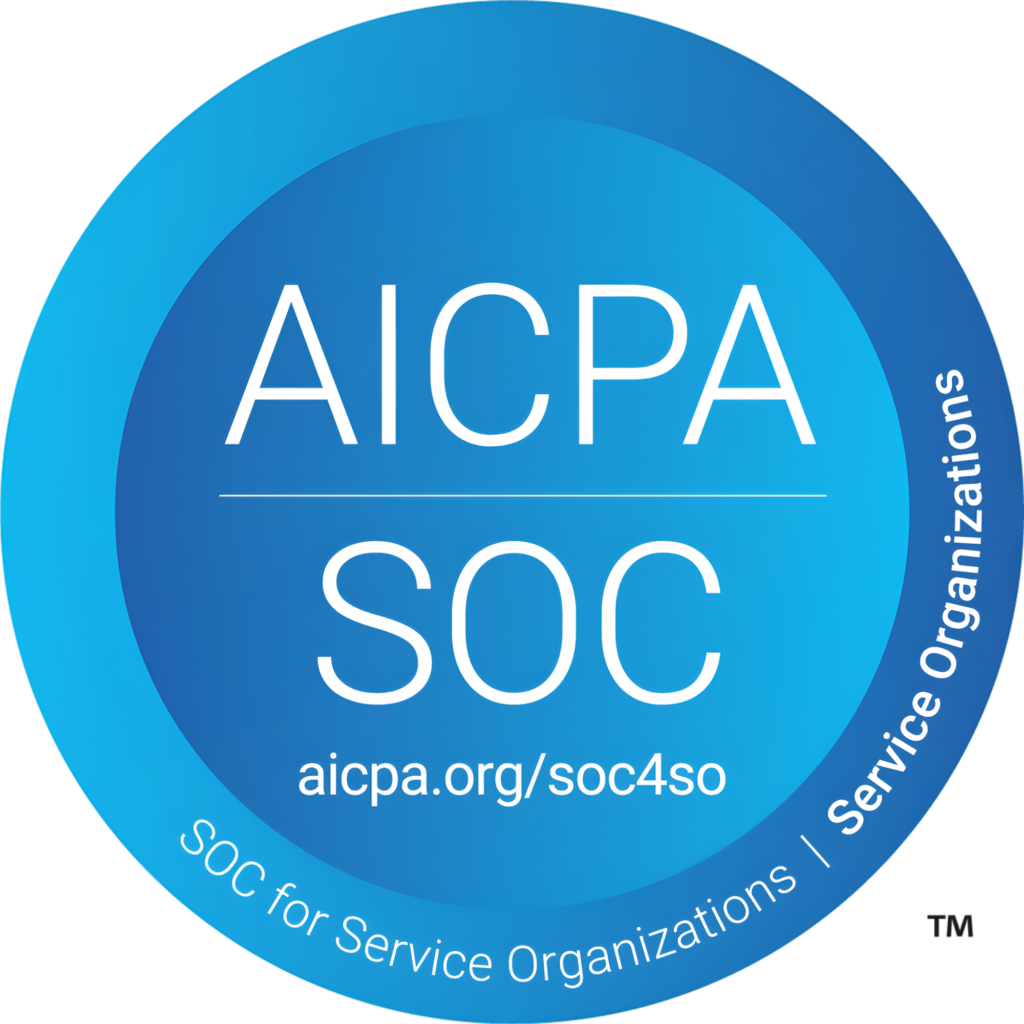SharePoint is one of the most widely used intranet portals and the advent of modern team sites and communication sites have given SharePoint, whole new user experience and personalization. Modern team sites are an extension of the classic sites developed with an intention to support great usability while communication sites deliver news to all the users and readers in an engaging manner.
Hub sites, the newest intranet building components can connect and aggregate news and site activities across different organization sites based on projects, departments, locations, and regions. Hub sites eliminate inflexibilities and governance limitations of subsites but create shared experience among related sites.
SharePoint administrator creates SharePoint hub sites and determines how many hub sites can be created in your organization. However, already existing sites can be associated with one or more hub sites.
Planning your SharePoint Hub sites?
Here’s a simple guide that provides tips if you are planning hub sites for your intranet design.
1. Understand different types of SharePoint sites
The elements of both communication and team sites are similar – they have the same modern page and same web parts but they serve a different purpose and their security models are different, as well. A hub site is a capability that can be enabled for either team or communication sites.
Team site: Collaborate within a project team or organization
Communication site: Broadcast company-wide news to a wider audience
Hub site: Aggregate related sites to create shared navigation and content experience
2. Create multiple hub sites for different business processes
Hub sites allow you to aggregate contextual information. For example, you can create a hub site for IT processes and associate different support system, ticketing system, and more into the IT hub. This allows the entire organization to see updates and enhancements related to IT processes. One of the benefits of hub sites is that announcements or news don’t get lost with other HR or corporate news. Moreover, the scope of the search to the sites associated with hub sites can be fine-tuned to more accurate and relevant results making it relatively easy to fetch information.
3. Name your sites meaningfully
Before creating any site in SharePoint, it is very important to make sure that you name the sites meaningfully. Without proper naming convention, it can be chaotic to identify different site names associated with each department. It’s better to follow a common naming methodology between different team owners or admins that can end up in creating standard names across the departments and projects within organizations.
4. Determine Hub sites purpose
Hub sites can be created for 3 different purposes:
Functional/organizational: applicable to everyone in the organization (for example HR or sales)
Geographic: all the functional/organizational sites associated with particular geography can be connected
Portfolio: a group of related projects (for example group of project and communication sites associated with a major integration)
Before creating hub sites or connecting other sites with hub sites, make sure the purpose of it and rethink if associating different sites with relevant hub sites make real sense to business.
5. Test Hub navigation
Hub site owner decides on what should appear in the shared hub navigation. It’s a good practice to test navigation with users to make sure that you get the desired output. This is important because the hub site owner must decide on what content and sites to roll up in the hub navigation.
Now that you know what hub sites are and the purpose of it, you should be able to create relevant hub sites and connect different SharePoint sites into corresponding hub sites based on business demands and needs.

